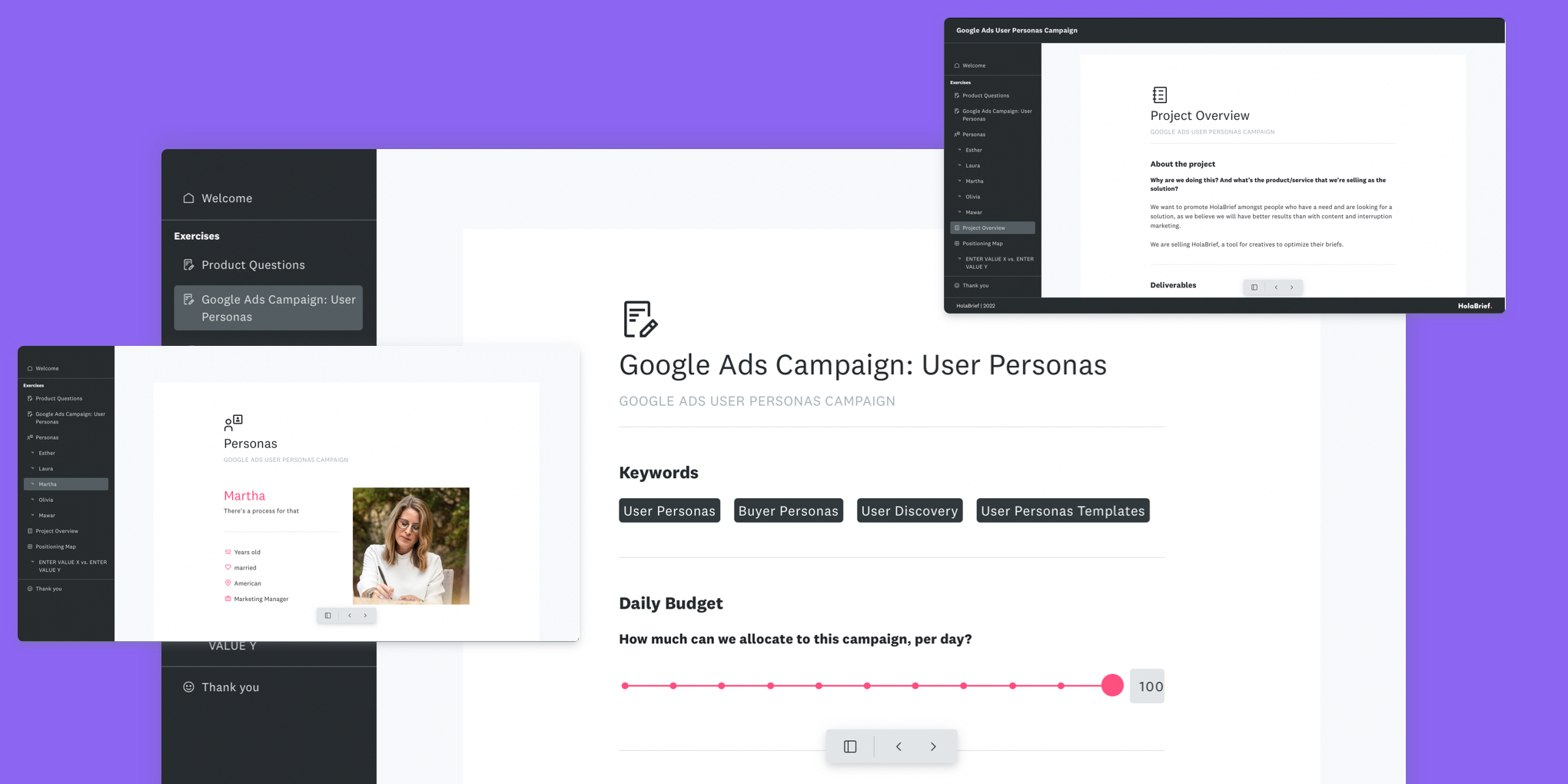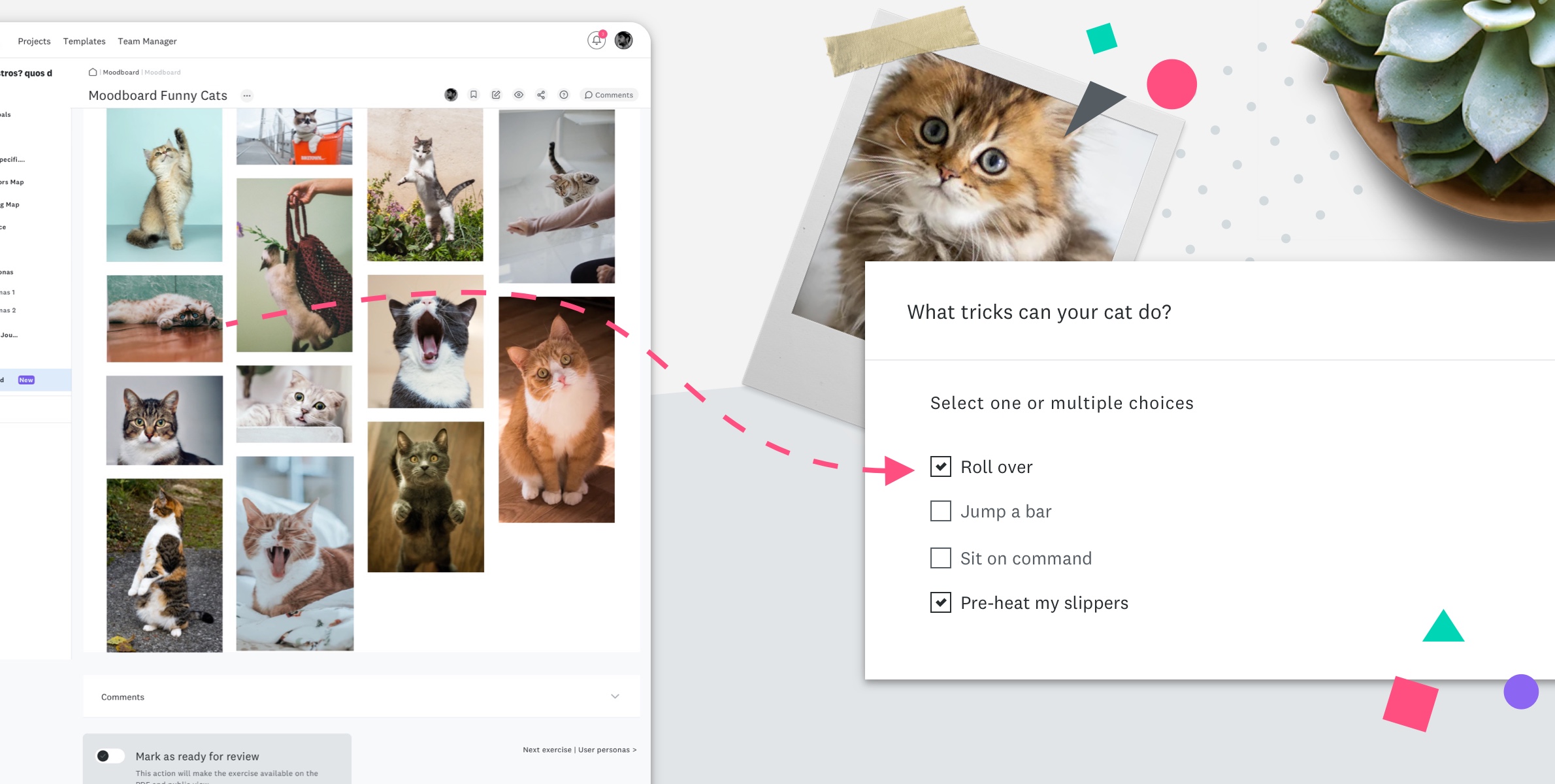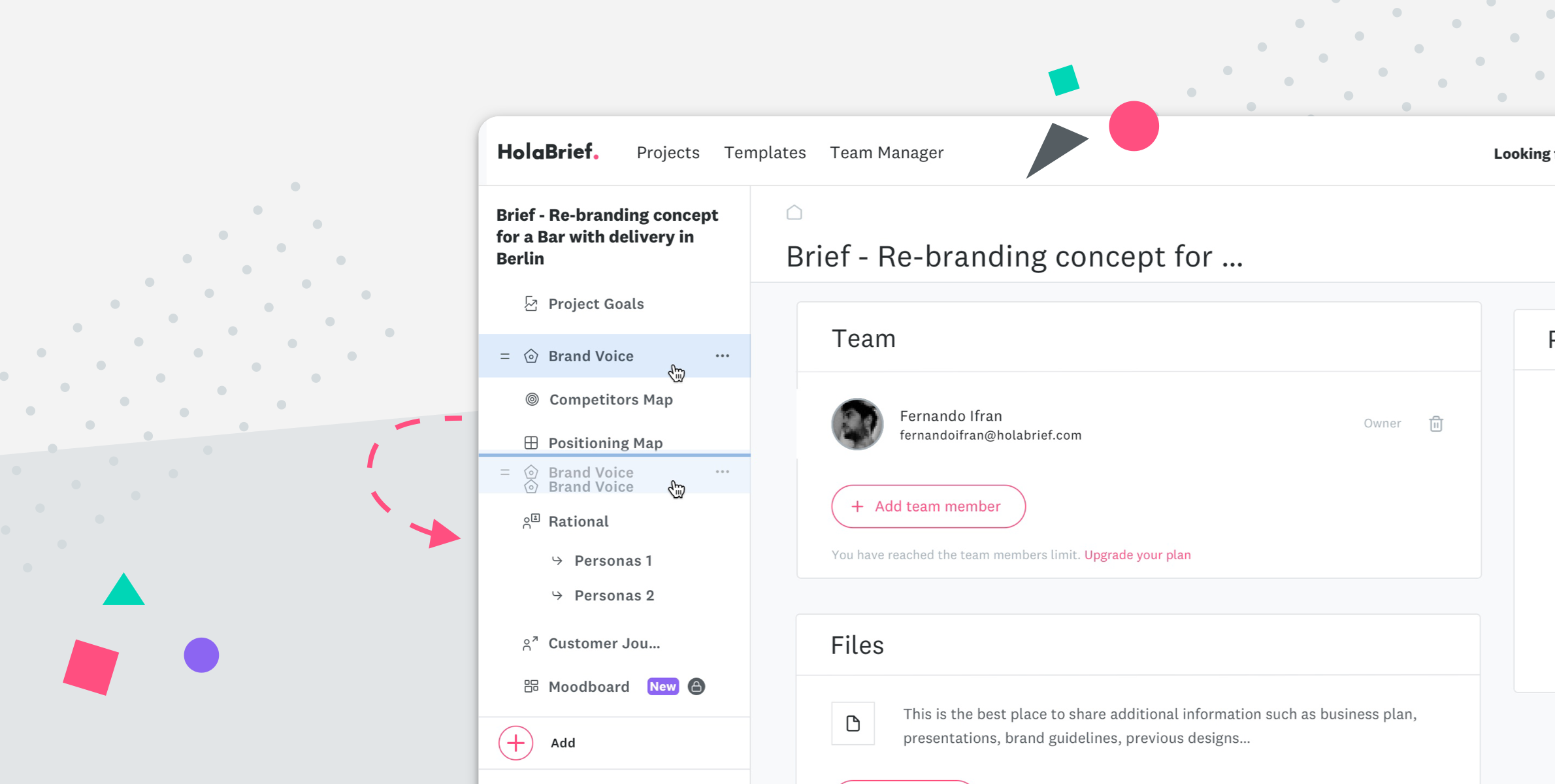You just clicked the send button. The latest designs are officially off to the client or your manager for review. On one hand, you are happy and proud of the work you just completed, but on the other, you are anxious to hear what the client thinks...
Designers all know of feedback’s importance in their day to work, but for some, it may as well be a four-letter word. Comments from clients or managers like “I don’t like this image” or “Can you move this to the right a little bit” – although well intentioned – often do more harm than good.
So let's face it: many project managers or clients give terrible design feedback. This often results in too much back and forth and wasting valuable time. How can we overcome these frustrations? Similar to how we at HolaBrief preach about creatives educating their clients on their design process, designers can teach their managers or clients to give better feedback (or simply send them the link to this article). You can empower your to articulate their wishes in a more profound way, which then in return will result in more useful input.
Whether you are working with a project manager or directly with the client, here are 5 tips that you can empower them with, the next time you are asking for feedback:
1. Be specific and objective
"Can you move this to the right a little bit", is the perfect example of how managers give feedback that can mean many different things. How much is a “little bit”? When giving design feedback, your manager should always be able to explain “why” and ideally share some examples of alternatives.
“I don’t like this image”, refers very much to the client's personal taste and is subjective feedback. If this happens, remind the client of the project goals and target audience you are designing for. Ideally, they should put aside their personal tastes and give challenging feedback that is backed up with statistics or facts involving the creative brief you set up together.
Client feedback should never be about just handing you, the designer a solution – that’s your job – but rather, should inspire you and help remind each other the problem that is trying to be solved.
2. Be clear
Detailed feedback doesn’t always mean it’s clear or easy to understand. The clearer the feedback is, the easier it will be for you to implement. The K.I.S.S. principle comes to mind here – keep it simple stupid. Your client should be clear when commenting on your design, avoid paragraphs of text, and try to use bullet points. If there are a lot of suggested edits, ask them to break it up by section, feature, page, etc.

3. Have a conversation
Technology is a wonderful thing, but it has made it all the more “difficult” to have a real face-to-face conversation. With the ability to add comments and track changes in the software that we use in our day to day, design feedback can be simply sent off with little to no explanation. This can result in unclear expectations of what the client or manager wants.
Tell your manager to dedicate time to giving feedback and then receive the feedback preferably in person or over the phone.
4. Get to know each other
Wouldn't it be nice if your manager is spending a bit more time with you to really get to know you and vice versa? So you could find out how both of you prefer to work or what inspires you, etc..
Once you can answer these basic questions, you will spend less time on each other's minds and more time on helping to achieve the project goals.

5. Make feedback part of the design process
Have meaningful feedback integrated and be a recurring part of the design process. For those who work with clients, I propose a three-round revision-based approach:
- Round 1: The client should identify any major issues and communicate them to you or the design team.
- Round 2: This round is primarily used to confirm that the major issues have been resolved. If not, you or the design team needs to understand what the client wants in order to fix those. The client has “one more” chance for feedback
- Round 3: Approve any last-minute tweaks and move forward.
If there are more than three rounds, it often means that there is a bigger issue at play (poor communication, misalignment on goals/objectives, incompatibility between team members, etc.).
Feedback can be uncomfortable, but it doesn’t have to be.
When managers and clients strive to give specific and clear feedback, that very feedback pushes the work forward in a positive direction.
Closing Thoughts
Even though work often has to be done "asap", discussing designs in person instead of over an email or Slack message, reaps its rewards. Make sure your clients or managers avoid sending off the cuff feedback and help make giving feedback an integral part of the design process.
Did you know HolaBrief reduces feedback loops and makes it possible to set the expectations of all stakeholders clearly from the beginning? Our tool facilitates conversations and regular feedback throughout the project so that design can be adjusted early on in the design process before it is too late.







